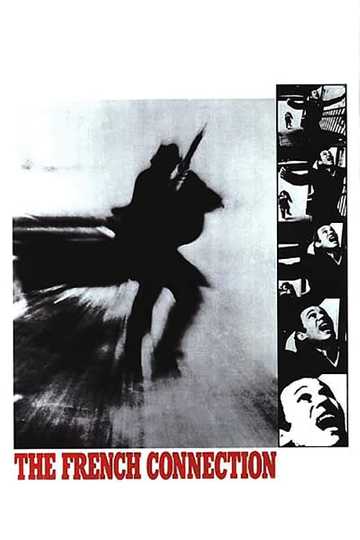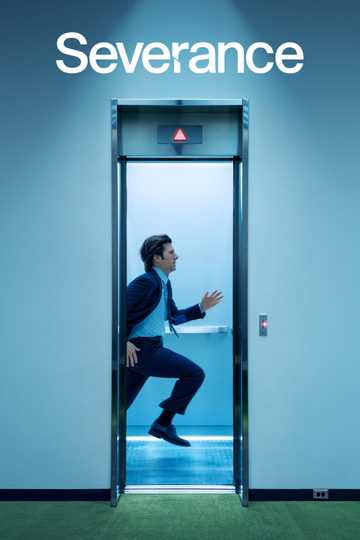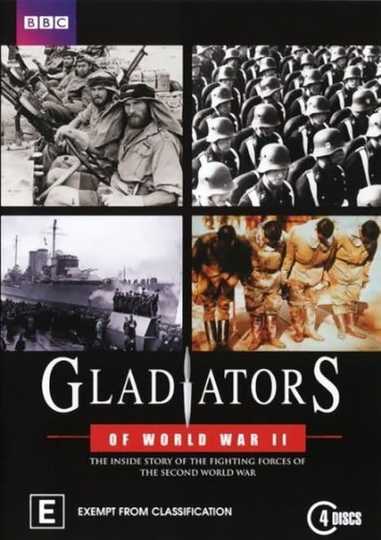Season 1 Episodes
1. Part 1: Waffen-SS
Originally created as Hitler's personal household troops, the Waffen-SS grew into a formidable fighting force during World War 2. It gained a reputation second to none for its tenacity in combat, but also for brutality, which made it the subject of numerous Allied war crimes investigations.
2. Part 2: Special Operations Executive
In the dark days of summer 1940 Winston Churchill set up the Special Operations Executive to "set Europe ablaze". Its task was to nurture and support the resistance movements springing up across Occupied Europe. It also operated in the Middle and Far East. The brave men and women of SOE operated under constant threat to their lives, but were responsible for some remarkably successful blows against the Axis enemy.
3. Part 3: SAS
The brainchild of a junior British officer, the Special Air Service first saw action in North Africa, making daring raids against Axis airfields. Thereafter it continued to specialise in operations behind enemy lines in Italy, the Greek Islands, and North-West Europe. The skills that the SAS acquired during World War 2 enabled it to become one of today's foremost Special Forces throughout the world.
4. Part 4: Desert Rats
The men of the British Armoured Division gained the nickname Desert Rats during their epic campaign against the Axis forces under Erwin Rommel in the deserts of Egypt and Libya. Thereafter, the Desert Rats fought with great distinction in Sicily, Italy and North-West Europe. Their long road took them from the Suez Canal to the Nazi capital of Berlin.
5. Part 5: Free Polish Forces
The German overrunning of their country in 1939 did not crush the Polish spirit. Many escaped to the West to carry on the fight. Polish fighter pilots played a major role in the Battle of Britain, while Polish ground forces helped to liberate Western Europe. Another Polish force, held captive by the Russians in Siberia, made an epic trek to the Middle East to fought in Italy, where their courage brought a victorious end to the bitter battle for Monte Cassino.
6. Part 6: RAF Fighter Command
It was the Few of RAF Fighter Command who saved Britain from almost certain defeat in summer 1940. The unique spirit generated by its fighter pilots enabled the Command to overcome the might of the Luftwaffe and to continue to wage a relentless campaign which finally ended in ultimate victory in May 1945.
7. Part 7: The Paras and Commandos
Winston Churchill created the Commandos in summer 1940 as a means of striking at the coasts of Nazi Occupied Europe. Beginning as a mere raiding force, they became the spearhead of the Allied amphibious landings in North Africa, Sicily, Italy, and Normandy. Out of the Commandos evolved Britain's airborne forces, whose feats ranged from the daring Bruneval raid of 1942 to the epic of Arnhem.
8. Part 8: Norwegian Resistance Fighters
Norway was strategically important to Hitler and endured five years of Nazi occupation, but it developed one of the most effective resistance movements in the whole of Occupied Europe. Its activities helped the British to contain and then destroy Germany's mightiest warships, as well as to ensure that the Allies won the race to develop the atomic bomb.
9. Part 9: Kamikaze
In autumn 1944, with ultimate defeat beginning to stare them in the face, the Japanese introduced a new and terrible weapon - suicide attack aircraft. The young pilots who volunteered for Kamikaze missions knew that they were embarking on a one way flight, but pressed on regardless, causing severe casualties to Allied shipping in the Pacific. Their spirit was the personification of the Bushido code, in which to die for the Emperor was a warrior's greatest glory.
10. Part 10: The Royal Navy
Never before nor since has the Royal Navy been so challenged as it was during 1939-45. In the Atlantic it fought the longest campaign of the war against the German U-boats and surface ships, experiencing tragedy and triumph before the battle was finally won. The Mediterranean witnessed its one major fleet action of the war, and the grim struggle to prevent the crucial island of Malta from falling to the Axis. In the war against Japan the Royal Navy had to overcome early setbacks, but its Pacific Fleet played its part in bringing about ultimate victory.
11. Part 11: The Chindits
Born of one man's vision at a time when the Japanese seemed to be sweeping all before them, the Chindits proved an inspiration to the Allied forces in Burma. They showed that it was not only possible to live in the jungle for months on end but also that Western troops could defeat the Japanese.
12. Part 12: Free French Forces
In June 1940, with France about to collapse, General Charles de Gaulle unfurled his Free French banner in London. His followers were initially few and were regarded as traitors by many of their fellow countrymen, but they grew in number. Free French forces fought with distinction in North Africa and Italy and went on to play a significant part in the liberation of their own country.
13. Part 13: The Anzacs
The Australian and New Zealand forces built on the reputation they had earned during World War 1 for being among the finest fighting troops in the world. Australian troops earned the nickname the Rats of Tobruk for their defence of the Libyan port during Rommel's long but ultimately abortive siege of it. New Zealanders fought the length of North Africa and Italy. In the Far East, after suffering disaster in Malaya, Australians became the first Allied ground forces to drive back the Japanese during the grim battles on the Kokoda Trail in the mountainous jungle of New Guinea.






















